Smart homes have become an integral part of modern living, offering convenience, security, and efficiency. As the number of smart devices continues to grow, ensuring compatibility and seamless integration among them has become a paramount concern for both manufacturers and consumers.
Introduction
In the early days of smart homes, a few standalone devices controlled by proprietary apps were sufficient to impress. However, as the ecosystem expanded, users encountered the challenge of making devices from different manufacturers work together harmoniously. This article delves into the complexities of testing compatibility across smart home devices and explores the strategies, challenges, and future trends in achieving integration nirvana.
The Need for Integration
The surge in the adoption of smart home devices has led to a diverse landscape of gadgets, from smart thermostats to connected refrigerators. While this variety offers choice to consumers, it also presents a challenge—how to make these devices communicate effectively with each other.
The need for integration arises not only from the sheer number of devices but also from the desire for a unified user experience. Imagine turning off your lights, adjusting the thermostat, and locking the doors with a single command. Achieving this level of integration requires rigorous testing and compatibility checks.
Challenges in Compatibility Testing
Diverse Protocols and Standards
One significant hurdle in achieving seamless integration is the diverse range of communication protocols and standards adopted by different manufacturers. Zigbee, Z-Wave, Bluetooth, and Wi-Fi are just a few of the protocols vying for dominance. Compatibility testing must address these variations to ensure devices can understand and respond to each other’s signals.

Software and Firmware Updates
The relentless pace of technological advancement means that smart home devices frequently receive software and firmware updates. While these updates bring new features and security enhancements, they also introduce the risk of compatibility issues. Testing must extend beyond the initial setup to cover the dynamic nature of smart home ecosystems.
Testing Strategies for Smart Home Integration
Protocol Compatibility Testing
This involves validating that devices using different communication protocols can interact seamlessly. For instance, a smart thermostat using Zigbee should communicate flawlessly with a smart lighting system using Wi-Fi.
Device Interoperability Testing
Beyond protocols, interoperability testing ensures that devices from different manufacturers can perform coordinated actions. This includes scenarios where a smart camera triggers an alarm on a third-party security system.
User Experience Testing
User experience goes beyond technical compatibility. Testing should assess how intuitive it is for users to set up and control integrated devices. A seamless user experience is crucial for widespread adoption.
Importance of Seamless Integration
User Satisfaction
A key motivator for investing in smart home technology is the promise of a more convenient and enjoyable lifestyle. When devices integrate seamlessly, users experience the full benefits of automation, leading to increased satisfaction and continued loyalty.
Security Concerns
Security is a paramount consideration in the world of smart homes. A breach in one device could potentially compromise the entire ecosystem. Ensuring compatibility includes rigorous security testing to safeguard user data and privacy.
Popular Smart Home Ecosystems
Google Home
Google Home provides a centralized platform for controlling various smart devices through voice commands. Compatibility testing within the Google Home ecosystem is critical for a cohesive user experience.
Amazon Alexa
As one of the most widely adopted voice assistants, Amazon Alexa requires devices to be compatible to respond to voice commands effectively. Compatibility testing ensures a smooth integration process for Alexa-enabled devices.
Apple HomeKit
Apple’s HomeKit ecosystem emphasizes security and privacy. Devices must meet stringent standards for compatibility to be part of the HomeKit family. This ensures a secure and seamless user experience for Apple enthusiasts.

Role of Artificial Intelligence in Compatibility Testing
Machine Learning Algorithms
Artificial intelligence plays a significant role in predicting and addressing compatibility issues. Machine learning algorithms analyze data from various devices to anticipate potential conflicts and suggest resolutions.
Predictive Analysis
Predictive analysis leverages historical data to forecast compatibility challenges. This proactive approach allows manufacturers to address issues before they impact users, enhancing the reliability of integrated systems.
Industry Standards and Certifications
Zigbee Alliance
Zigbee Alliance establishes standards for wireless communication among smart devices. Devices bearing the Zigbee Certified seal ensure compatibility, assuring consumers of a seamless experience.
Open Connectivity Foundation
The Open Connectivity Foundation (OCF) focuses on creating a standard for secure and reliable device-to-device communication. OCF certification indicates that a device adheres to these standards, ensuring compatibility in diverse ecosystems.
The Future of Smart Home Integration
5G Connectivity
The rollout of 5G technology promises faster and more reliable connectivity. Smart home devices leveraging 5G can communicate more efficiently, opening new possibilities for integration and real-time responsiveness.
Integration with Emerging Technologies
The future holds exciting possibilities with the integration of smart home devices with emerging technologies like augmented reality and virtual reality. Compatibility testing will play a crucial role in ensuring a seamless fusion of these technologies.
Case Studies
Successful Integration Stories
Examining cases where smart home devices seamlessly integrate provides valuable insights into best practices. Examples of successful integration can guide manufacturers and developers in creating future-proof systems.
Lessons Learned from Failures
Learning from failures is equally important. Analyzing instances where integration fell short helps the industry identify common pitfalls and challenges, contributing to continuous improvement.
Tips for Consumers
Research Before Purchase
Before investing in smart home devices, consumers should research compatibility with existing systems and other devices they plan to integrate. This ensures a hassle-free setup.
Regular Updates and Maintenance
Frequently updating device firmware and software is crucial for maintaining compatibility. Regular maintenance helps address emerging issues and enhances the longevity of the integrated system.
Costs and Investments
Initial Investment
While the initial investment in smart home devices might seem significant, the long-term benefits, including energy savings and increased home security, often outweigh the costs.
Long-term Benefits
Smart home integration offers long-term benefits such as increased energy efficiency, enhanced security, and improved quality of life. Viewing the investment as a long-term strategy is essential.
Regulatory Landscape
Data Protection and Privacy
As smart homes become more connected, ensuring compliance with data protection and privacy regulations is paramount. Manufacturers must prioritize user privacy in their compatibility testing processes.
Compliance Standards
Adherence to industry standards and regulatory requirements is non-negotiable. Compliance ensures that smart home devices meet the necessary safety and performance standards, instilling confidence in consumers.
Conclusion
In the ever-evolving landscape of smart homes, achieving seamless integration is both a challenge and a necessity. Compatibility testing, driven by advancements in artificial intelligence and adherence to industry standards, plays a pivotal role in ensuring that smart devices work harmoniously to provide a truly connected living experience.
FAQs
- How can I ensure my smart devices work seamlessly together?
- Research compatibility before purchasing and ensure devices adhere to industry standards.
- Are there any universal standards for smart home devices?
- Organizations like Zigbee Alliance and Open Connectivity Foundation establish standards for device compatibility.
- What role does artificial intelligence play in smart home integration?
- AI utilizes machine learning algorithms for predictive analysis to anticipate and address compatibility issues.
- How often should I update my smart home devices?
- Regular updates are crucial to address compatibility challenges and enhance the longevity of integrated systems.
- What security measures should I consider for integrated smart home systems?
- Prioritize devices with robust security features and adhere to data protection and privacy regulations.

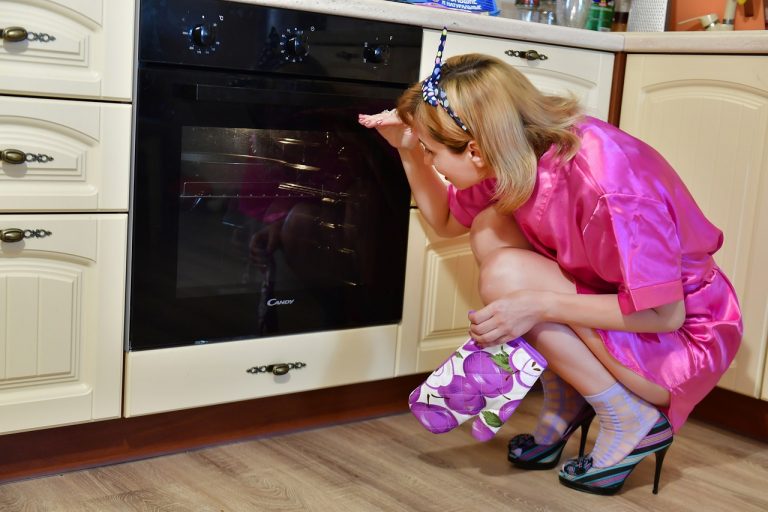
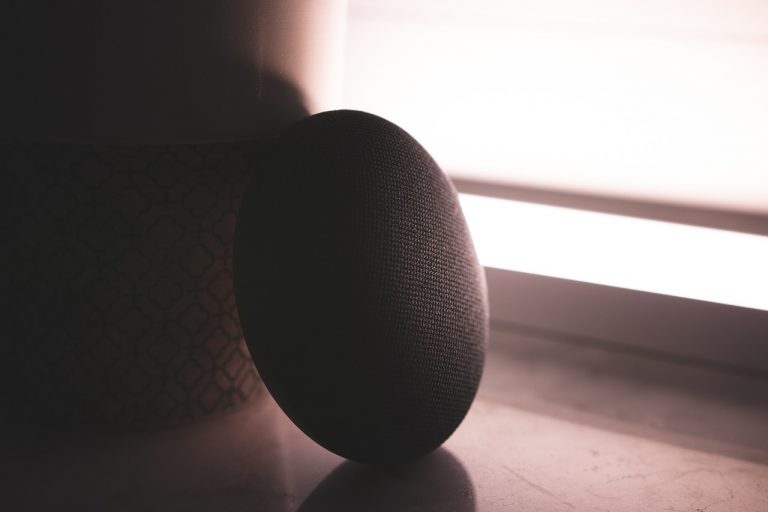
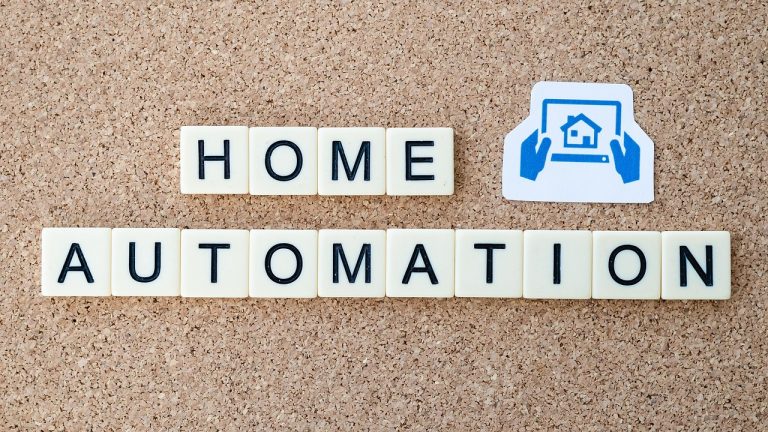
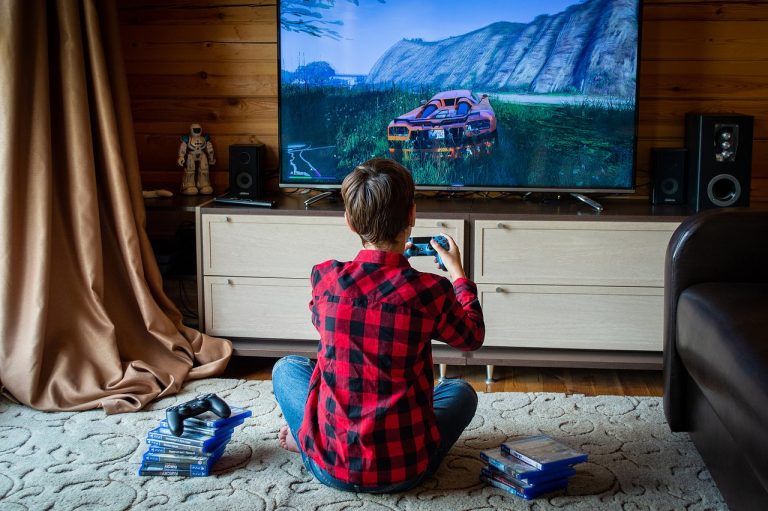







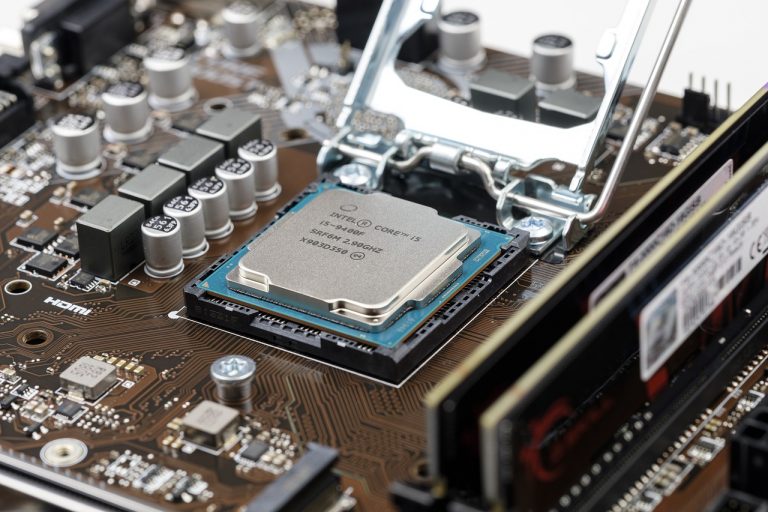

+ There are no comments
Add yours